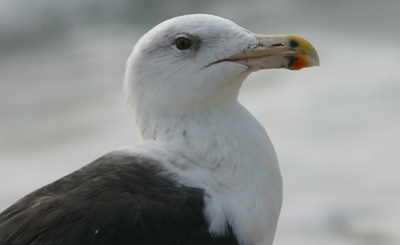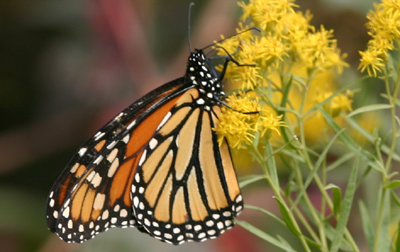Autumn’s equinox heralds far more than just rueful thoughts of what summer might have been. This splendid moment of equipoise between the diurnal and nocturnal sees a myriad of creatures great and small caught up in the relentless throes of zugunruhe. It’s a natural fact, this seasonally recurring restlessness, this implacable urge to migrate. Millions upon millions of birds and insects are either preparing for or have already embarked upon incredible journeys the likes of which our species can barely comprehend. Travel from Alaska to Brazil with just the feathers on my back a mere three months after I’m born?!? Thanks but no thanks. But these epic expeditions are happening right now, which is fabulous news for naturalists thrilled to just pull up a chair and watch the procession of migrants play through.
What is your fall migration infatuation? If you eschew the multifarious marvels of hawkwatches and warbler fallouts for single species sojourners like Monarch Butterflies and Tree Swallows, then I have the place for you. As long as the current weather pattern holds, Jones Beach on Long Island is brilliant for watching teeming throngs of butterflies and swallows stream from one sandy horizon to the next. For any other kind of birding, it’s rubbish; at least it was when Corey and I visited yesterday.

A Great Black-backed Gull would just as soon eat you as look at you
When last we left our heroes, Jamaica Bay had yielded the errant Avocet hiding out in the muck-warded confines of the East Pond along with the expected shorebirds, a few impressive raptor species, and not much else. Corey and I seem to be on the same page about shorebird season: it last about a month and ends at least a few days before summer does. Right now, we’re more interested in passerines, which Jamaica Bay could not produce. Consequently, we took our act along the south shore of Long Island until we hit Jones Beach, always a promising patch for migrants and vagrants alike.
The exception to the shorebird policy above is, of course, species we haven’t seen before. I was hoping for some long, meaningful looks at two potential life birds, Buff-breasted Sandpipers and American Golden Plovers. Instead, I got to glare at Sanderlings and Black-bellied Plovers, two shorebird sets I’ve seen plenty of. We also observed the usual gulls, most notably brooding Great Black-backed Gulls as well as both Common and Forster’s Terns. Abandoning the coast line to beat the bushes and hedgerows for warblers was an exercise in futility. Wherever we went, we merely found more butterflies and swallows. Tree Swallows have an affinity for salt marshes; they hug the coast en route to wintering grounds in Florida, the Caribbean, and Central America, azurite arrows speeding southward to destiny. Monarch migration, an epic odyssey of up to 3,000 miles, is unlike any other in the butterfly bailiwick. No individual butterfly makes the journey more than once, and yet the orange blazed adventurers filtering lazily through New York will find their impossible way to sun-kissed slopes of Mexico.
Perhaps the avaricious abundance of falcons and harriers kept songbirds at bay yesterday. Maybe they were driven off by the brashness of the mimid triumvirate (Northern Mockingbird, Brown Thrasher, and Gray Catbird) so prevalent on this stretch of the Atlantic. Possibly, the prevailing winds were to blame. Far wiser heads than I might point to these factors as an explanation for why we walked away with just a single warbler for the morning, a Common Yellowthroat no less. My theory, on the other hand, is that the other birds just couldn’t penetrate the endless clouds of butterflies and swallows currently clogging up our airspace…

Rest and refuel











The Prairie Warbler after you left was nice though…as were the Savannah Sparrows. 🙂
A great post, beautifully written!